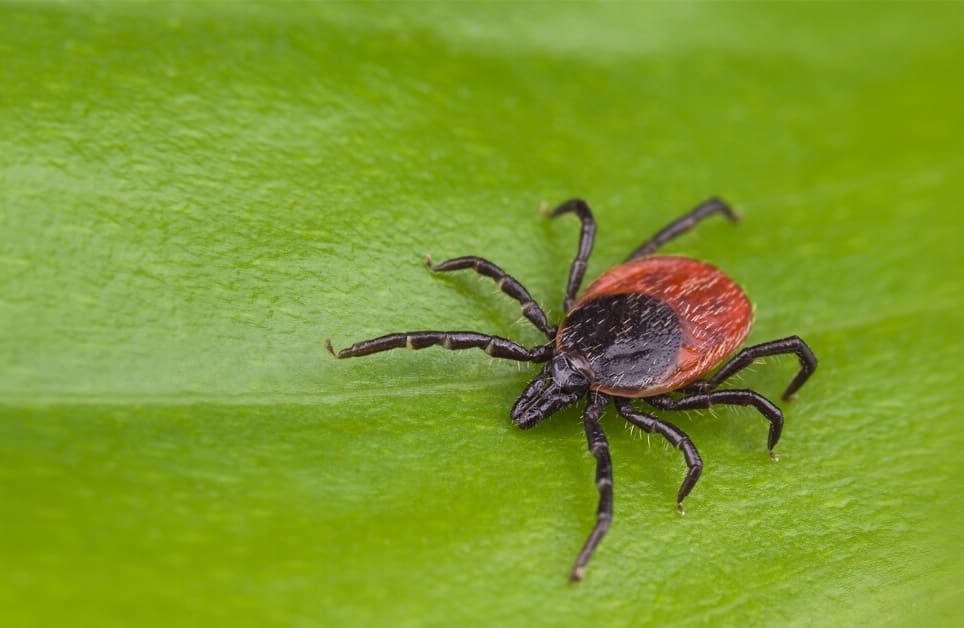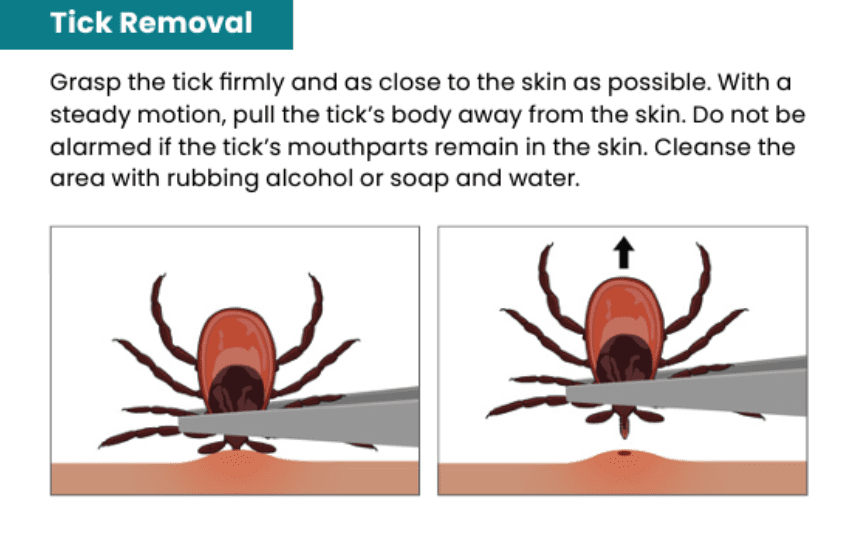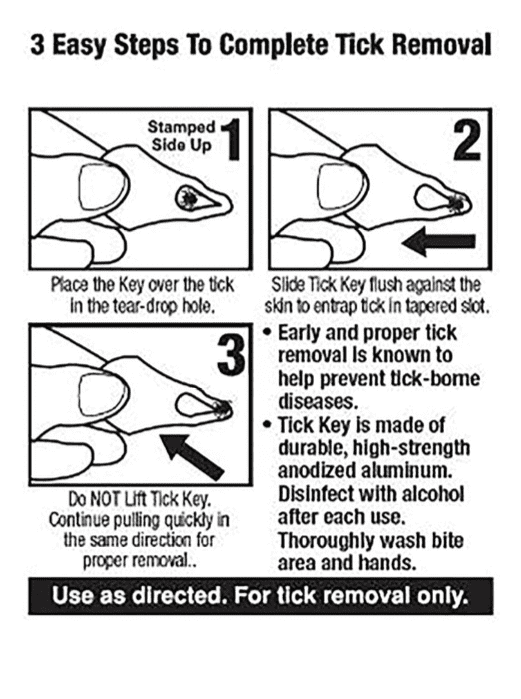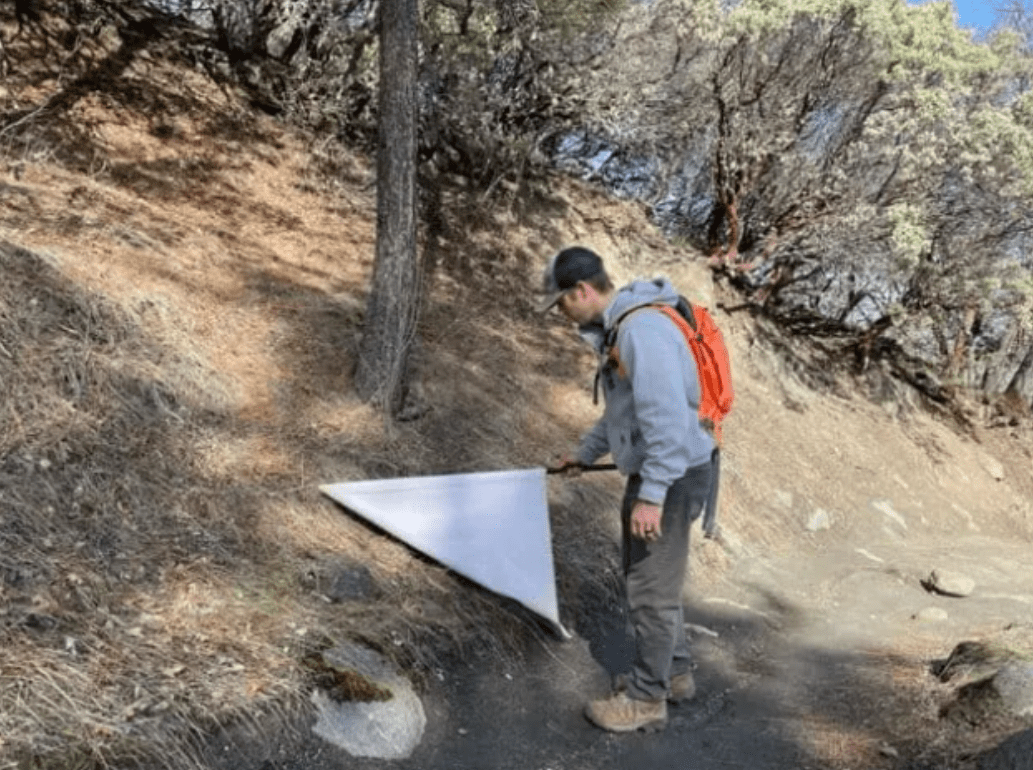#DontBeATickTarget
Powered by
Jackson County Health & Human Services
Partnered with
Jackson County Vector Control District
Prevention
Before You Go Outdoors
-
Know where to expect ticks. Ticks live in grassy, brushy, or wooded areas, or even on animals. Spending time outside walking your dog, camping, gardening, or hunting could bring you in close contact with ticks. Many people get ticks in their own yard or neighborhood.
-
Treat clothing and gear with products containing 0.5% permethrin. Permethrin can be used to treat boots, clothing and camping gear and remain protective through several washings. Alternatively, you can buy permethrin-treated clothing and gear.
-
Use Environmental Protection Agency (EPA)-registered insect repellents containing DEET, picaridin, IR3535, Oil of Lemon Eucalyptus (OLE), para-menthane-diol (PMD), or 2- undecanone. EPA’s helpful search tool can help you find the product that best suits your needs. Always follow product instructions. Do not use products containing OLE or PMD on children under 3 years old.
-
Avoid Contact with Ticks Avoid wooded and brushy areas with high grass and leaf litter. Walk in the center of trails.
Identify
Western Blacklegged Tick (Ixodes Pacificus)
The Western blacklegged tick (Ixodes pacificus) is common in a variety of wooded habitats in Jackson County, particularly at mid to high elevations. Adult Western blacklegged ticks are very small, even relative to many other tick species. In the nymphal stage, these ticks will be even smaller, roughly the size of a pinhead. Females can be identified by the reddish body coloration and dark scutum, or "shoulders". Males are smaller than females and appear nearly solid black. Both sexes have narrow mouthparts and very dark legs. Adults are most active in late winter and spring while immature stages (nymphs) are more active during spring and summer. Western blacklegged ticks are "3 host ticks", meaning they use 3 different hosts during their lifecycle. Larvae and nymphs primarily feed on lizards and small rodents while adults prefer larger mammals like deer, squirrels, and raccoons. Both nymphs and adults will bite humans. This species is a known vector of Lyme disease and tick-borne relapsing fever.

American Dog Tick (Dermacentor Variabilis)

American dog ticks are very common in Jackson County. They are associated most often with forest edges and open, grassy habitats with little or no tree cover. They are often found in urban and suburban areas as well. Dog ticks are relatively large ticks. Females have a brownish body with a white scutum, or shoulder area, while males have an all-over brown and white, marbled color pattern. Both sexes have short, stubby mouthparts. Dog tick larvae and nymphs feed on small mammals like mice and voles. Adults prefer medium-sized hosts like raccoons, coyotes, and domestic dogs and cats. This species can transmit tularemia, ehrlichiosis, and Rocky Mountain Spotted Fever.
Need a tick identified? Jackson County residents can e-mail a photo to office@jcvcd.gov or bring specimens to our district office where our staff will provide an identification for you!
Removal




Stop by JCVCD and pick up a Free Tick Key
Knowledge
Most ticks go through four life stages: egg, larva, nymph, and adult. Ticks must take a blood meal at each life stage to survive to adulthood. Some species use a single host for all life stages while others, like our local species, will use a different host at each life stage. These types of ticks are known as “3 host ticks”.
To find hosts, ticks wait on the tips of grasses and vegetation with their forelegs extended. This behavior is known as“questing”. Ticks detect body odors, heat, moisture, and vibrations of passing animals and latch on when a host brushes by. Once a tick attaches to a host, it will usually start feeding within a few hours. The tick will puncture the skin with its hypostome, or feeding tube, and suck blood slowly for a few days. Many ticks secrete a concrete-like substance through their mouthparts that helps them stay attached during feeding. A tick’s saliva also has chemical compounds that act as an anesthetic during feeding. This helps prevent the host from feeling the bite and better enable the tick to feed for longer periods. If the tick is carrying a pathogen, that pathogen can be transmitted to the host through the saliva of the tick as it feeds.

JCVCD collects Western blacklegged ticks (Ixodes pacificus) during late winter and early spring to monitor populations and test for diseases. Ticks are primarily collected using a technique called “flagging” where a piece of white fabric is pulled over vegetation along hiking trails and roads where ticks are likely to be found. Ticks are then counted and sorted in our lab for testing.






